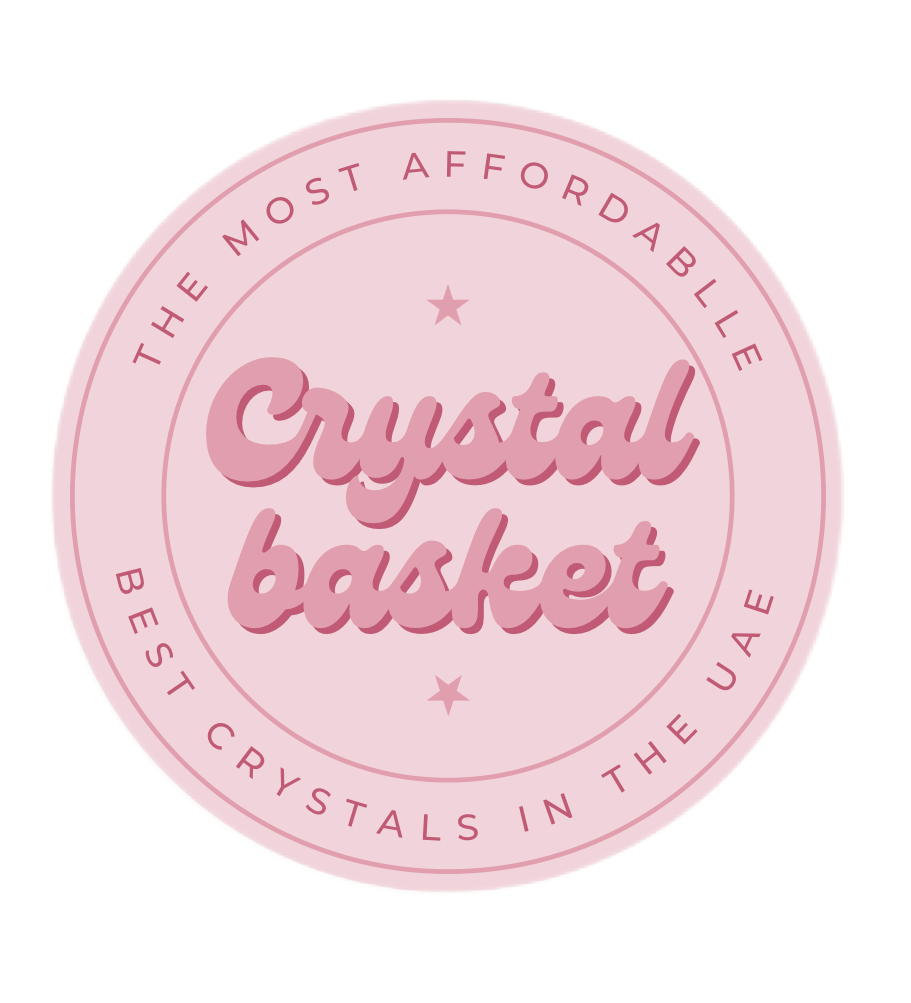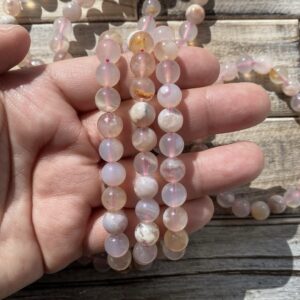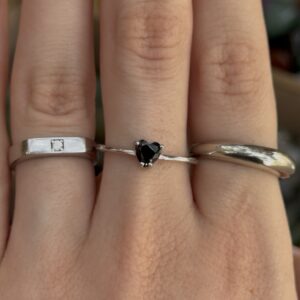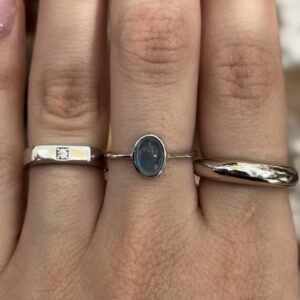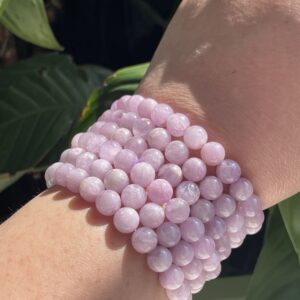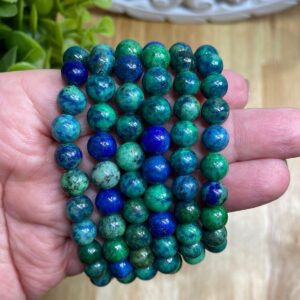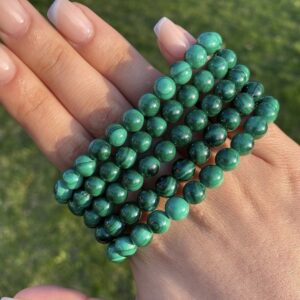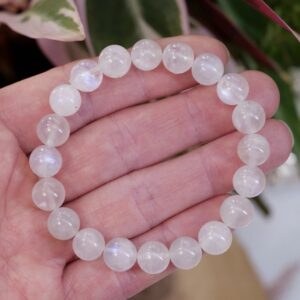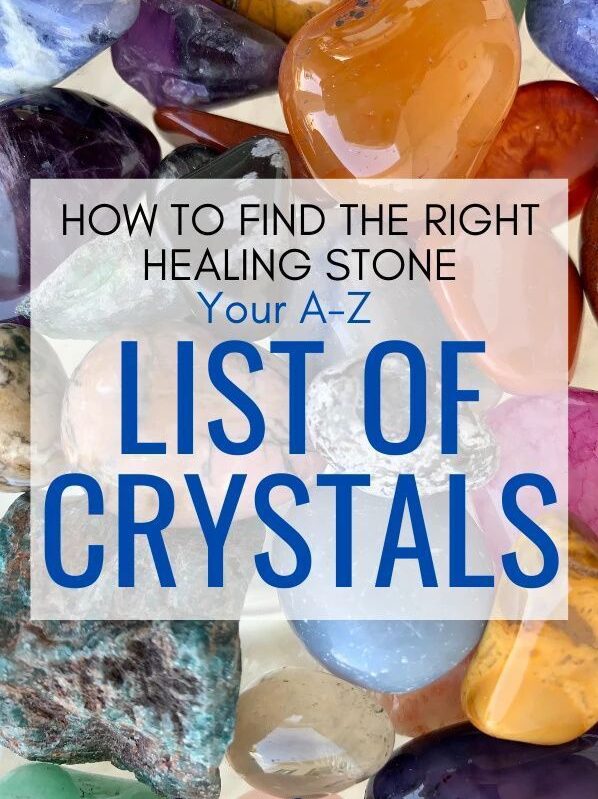Natural Citrine Vs Heat Treated Citrine
What Does Natural Citrine Look Like?
Natural Citrine is a variety of quartz that exhibits warm, earthy tones ranging from pale yellow to honey-like golden hues. Unlike heat-treated Citrine, which often has a more intense orange or reddish tint, natural Citrine's colors are typically softer, subtler, and more evenly distributed.
source of colour: The golden color of natural Citrine comes from trace amounts of iron in the quartz, which have been naturally irradiated by the earth's geothermal processes. This distinguishes it from heat-treated Citrine, which is created by heating Amethyst or Smoky Quartz to mimic Citrine’s hue.
Where It's found: Natural Citrine is much rarer than its heat-treated counterpart and is mined in select locations worldwide, including:
- Brazil: A leading source of natural Citrine.
- Zambia and Madagascar: Known for producing some of the finest quality crystals.
- Russia and the United States: Smaller deposits with unique variations.
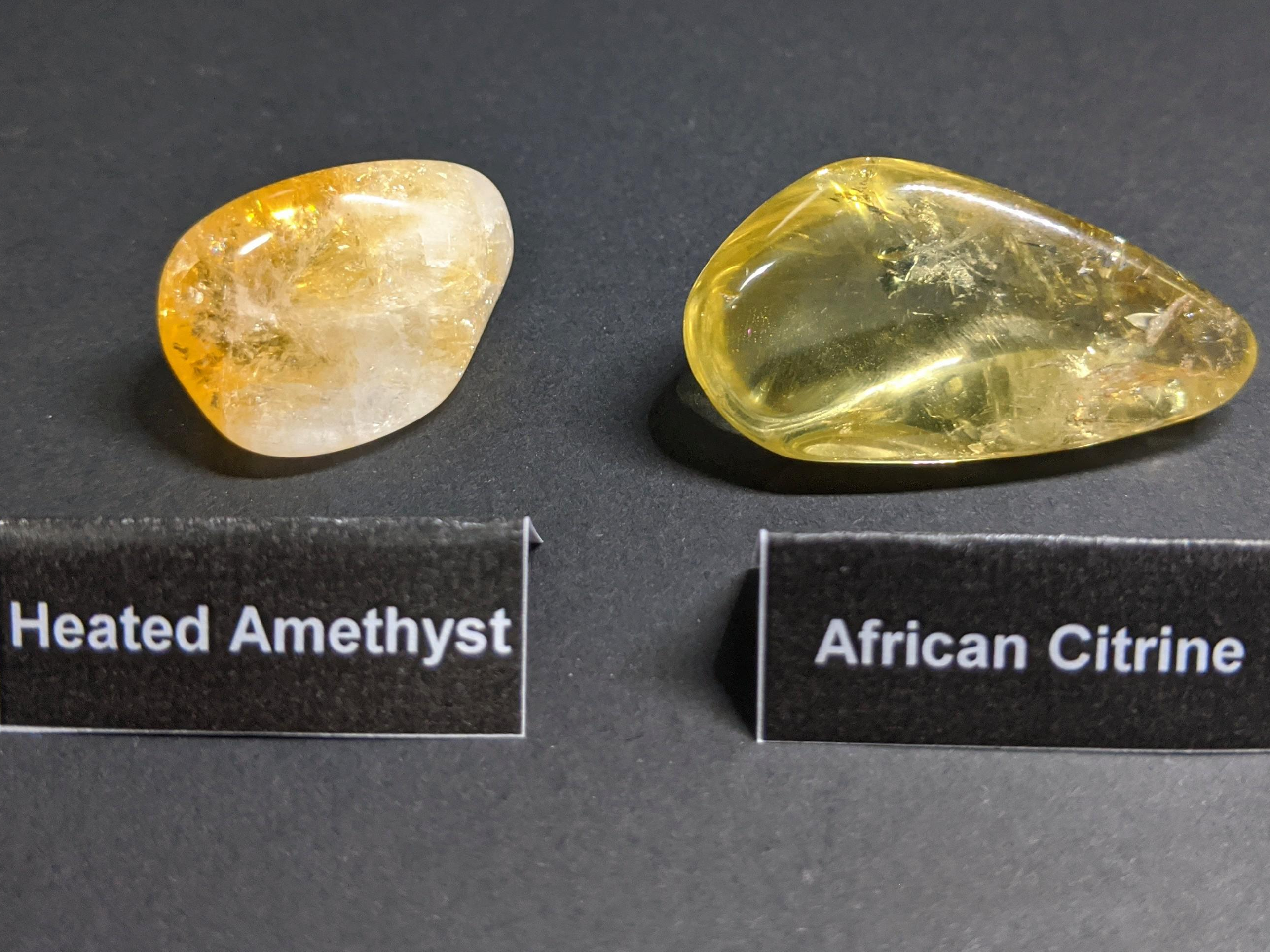
what is heat-treated amethyst? is it the same as naturally occurring citrine and what are the benefits?
What is Heat-Treated Amethyst: To produce Citrine, Amethyst can be heated to high temperatures, typically around 470°C to 750°C (880°F to 1380°F). This process alters the iron content in the Amethyst, changing its color to various shades of yellow to orange, resulting in what is commonly known as "heat-treated Citrine".
Chemical Composition: Both heat-treated Amethyst and natural Citrine are composed of silicon dioxide. The heat treatment simply alters the color but does not change the fundamental structure of the quartz. Heat-treated amethyst retains many of the energetic properties of natural Citrine. It is believed to enhance personal power, abundance, and manifestation, similar to natural Citrine. The energy is often described as vibrant and uplifting.
Citrine Mining Issues: The mining of natural Citrine has been associated with various ethical and environmental issues. In some regions, the mining practices have led to significant environmental degradation and poor working conditions. There have been reports of unsafe working environments, child labor, and exploitation in the mining sectors that produce Citrine. Due to the ethical concerns surrounding natural Citrine mining, many people are turning to heat-treated Amethyst as a more affordable and ethical alternative. Heat-treated Amethyst provides a similar appearance and energetic benefits as natural Citrine while avoiding the negative impacts associated with natural Citrine mining.

Why Choose Heat-Treated Citrine?
Heat-treated Citrine is an excellent choice for anyone seeking the beauty and benefits of this radiant gemstone. Here’s why:
- Affordable and Accessible: Heat-treated Citrine is widely available and more budget-friendly than natural Citrine, making it perfect for daily use.
- Same Composition, Same Energy: Heat-treated Citrine is simply Amethyst or Smoky Quartz that has been heated to mimic the color of natural Citrine. Its chemical composition remains quartz, ensuring that its energetic properties—such as attracting abundance, positivity, and emotional clarity—are unchanged.
- Stunning Appearance: The rich, vibrant hues of heat-treated Citrine are visually captivating, adding warmth and elegance to any crystal collection or jewelry piece.
- Practical and Meaningful: While natural Citrine is rare and prized, heat-treated Citrine provides a practical, accessible way to experience the uplifting energy of this stone without the higher cost or limited availability.
By choosing heat-treated Citrine, you’re not compromising its composition or benefits. You’re embracing a beautiful, meaningful gemstone that offers the same positive energy as its natural counterpart, helping you attract joy, success, and personal growth into your life.
Real Malachite Vs Fake Malachite: How to Spot the Difference
What Is Malachite?
Malachite is a copper carbonate mineral prized for its vibrant green color and swirling banded patterns. It forms naturally in areas with high copper deposits, such as the Democratic Republic of Congo, Russia, and Australia. Beyond its beauty, malachite is revered for its metaphysical properties, often associated with transformation, protection, and heart chakra healing.
Why Is Fake Malachite Common?
Natural malachite is relatively rare and can be expensive, especially for larger, high-quality pieces. This has led to the production of fake malachite, typically made from resin, plastic, or glass. These imitations are mass-produced to meet market demand and offer a more affordable alternative, albeit without the genuine energy or value of the real stone.

How to Spot Fake Malachite
Identifying fake malachite requires a keen eye and some basic knowledge. Here are the key differences to look for:
1. Pattern
- Real Malachite: The banding and patterns in natural malachite are irregular, organic, and varied. You may notice concentric rings, waves, or streaks, each piece being unique.
- Fake Malachite: Imitations often have overly uniform or repetitive patterns, as they are machine-made. If the lines look too perfect or identical across multiple pieces, it’s likely fake.
2. Texture
- Real Malachite: Natural malachite has a smooth texture when polished but may feel slightly uneven due to its natural growth. The raw stone often has a fibrous or earthy appearance.
- Fake Malachite: Synthetic malachite often feels plasticky or overly smooth, lacking the natural density and weight of the real stone.
3. Weight
- Real Malachite: Genuine malachite is relatively heavy for its size due to its high copper content.
- Fake Malachite: Resin or plastic imitations are much lighter and may feel hollow.
4. Color
- Real Malachite: The color of authentic malachite ranges from deep green to lighter shades, with natural variations throughout the stone.
- Fake Malachite: Fakes often have overly bright or consistent coloring, lacking the depth and subtlety of real malachite.
5. Temperature
- Real Malachite: Natural malachite feels cool to the touch, even in warmer environments.
- Fake Malachite: Synthetic versions, particularly those made from plastic or resin, feel warm or room temperature.
6. Price
- Real Malachite: Genuine malachite is more expensive, especially for larger, high-quality pieces.
- Fake Malachite: If the price seems too good to be true, it probably is.

Why Authentic Malachite Matters
While fake malachite can be visually appealing, it lacks the metaphysical properties and value of the real stone. Genuine malachite is not just a decorative piece; it’s a stone of transformation and healing, believed to:
- Protect against negative energy.
- Promote emotional balance and stability.
- Enhance personal growth and spiritual awareness.
For collectors and crystal enthusiasts, owning real malachite is about more than aesthetics—it’s about connecting with the energy and history of a stone that has been cherished for centuries.
How to Ensure You’re Buying Real Malachite (buy it from us)
- Buy from Reputable Sellers: Purchase from trusted retailers who provide information about the origin and authenticity of their stones, (for example Crystal Basket).
- Ask Questions: Don’t hesitate to inquire about sourcing, testing, and certification.
- Inspect the Stone: Use the tips above to examine the pattern, texture, weight, and color.
- Seek Expert Opinions: If in doubt, consult a gemologist or experienced crystal expert to verify authenticity.
Final Thoughts
Understanding the difference between fake and real malachite helps you make informed decisions and ensures you’re investing in a piece with true value. While synthetic malachite may be a cheaper alternative, nothing compares to the unique beauty, history, and energy of genuine malachite. By choosing real malachite, you’re not just purchasing a gemstone—you’re connecting with a piece of Earth’s natural wonder.
